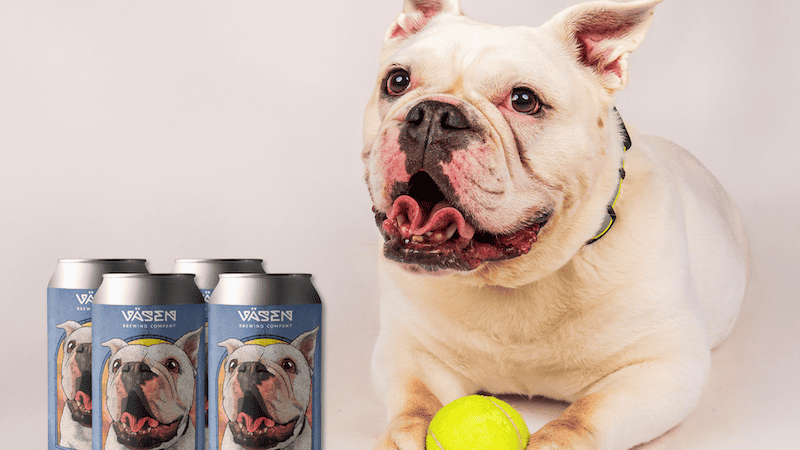Dear Cathy: Handling dogs that pull on leashes
And more answers on living with and loving our pets

Animal expert Cathy M. Rosenthal offers pet advice on handling dogs that pull on leashes and on a dog that doesn’t bark – is that really a problem?
Dear Cathy: I just rescued a sweet 11-pound Maltese mix. My arthritic hands and fingertips prevent me from opening those squeeze clasps on collars and especially harnesses. She pulls her leash so hard, especially when seeing squirrels, so with a collar, she chokes herself and I fear falling. Research has led me to many sources, even a site for arthritic dog owners, but none deal with this issue. Perhaps you have a solution for desperate me.
– GG, West Hartford, Connecticut
Dear GG: I don’t know of any special canine handling equipment for people with arthritis. But there are two approaches you can take to address your problem: finding equipment that will be easier on your hands and training your dog to heel.
Let’s start with equipment. I recommend using a head collar, like a Gentle Leader, rather than a harness, as it is designed to control the dog around the snout (much like a horse), which provides better control of your dog. All you have to do is move the lead slightly in any direction and your dog will follow. Once you fit the head collar for your dog, keep the leash attached to it, so you don’t have to continually take it on and off. The head collar also will make it easier for your dog to learn how to heel.
Another option is a slip lead, which looks like a regular leash but has a loop on one end that goes over your dog’s head, so there is nothing to attach. When you tug on the lead, it tightens around the dog’s neck, which gets their attention. Trainers often use slip leads as a training tool, but if not used properly, these leads can result in throat injuries. If you want to use this completely clasp-free approach, please consult a trainer to teach you how to use one. A slip lead is especially great for a loose-leash walk once your dog learns how to heel.
The best dog breeds for seniors
You also can look for a leash with a French scissor-snap connector. It still relies on your thumb but is a little easier to use. Or you can use a carabiner to connect the O-ring on the leash to the O-ring on the collar. They are much easier to open and close than a clasp. For dogs though, I recommend getting a carabiner with a locking ring (a ring that spins to lock) to prevent it from opening up should your dog tug on it.
Now for the training. Using a head collar or a slip collar, step off and say your dog’s name, followed by the word “heel.” Tap your leg to get your dog’s attention. When your dog walks next to you, say a reward word, like “bingo,” and give your dog a treat. Continue doing this for as long as your dog remains by your side. The moment your dog gets ahead of you, reverse direction and repeat the command. It’s important to reverse direction every time your dog gets ahead of you. You may be walking back and forth over a 10-foot span, but your dog needs to think you are unpredictable and so must watch you to know where to walk.
If you are persistent and consistent, your dog will learn how to heel, which will give your hands a much-needed break from the pulling that goes on at the other end of the leash.
Dear Cathy: Although it may not seem like a problem to many, my 15-month-old King Charles Cavalier Spaniel does not bark. Should I be concerned or grateful? Please let me know what this indicates.
–Tess, Massapequa, New York
Dear Tess: While King Charles Spaniels can certainly bark, these dogs are very social and don’t bark as much at new people and animals as other dogs do. Some dogs will bark if they hear other dogs barking, so maybe take your dog to a dog park and stand at a distance to see if your dog will bark when they hear other dogs barking. If yes, then you don’t have to worry.
If not, “not barking” could actually be a sign of a medical problem. If your dog is trying to bark and no noise is coming out, that is definitely a medical problem. But if your dog is simply not barking, several medical problems like metabolic disorders and respiratory conditions could be factors in your dog’s silence. Please get your dog checked out by a vet to be sure.
Cathy M. Rosenthal is a longtime animal advocate, author, columnist, and pet expert who has more than 25 years in the animal welfare field. Send your pet questions, stories, and tips to cathy@petpundit.com. Please include your name, city, and state. You can follow her @cathymrosenthal.
© Tribune Content Agency, LLC.
Coyotes, and foxes, and raccoons, oh my! Do I need to worry when wildlife roams nearby?



